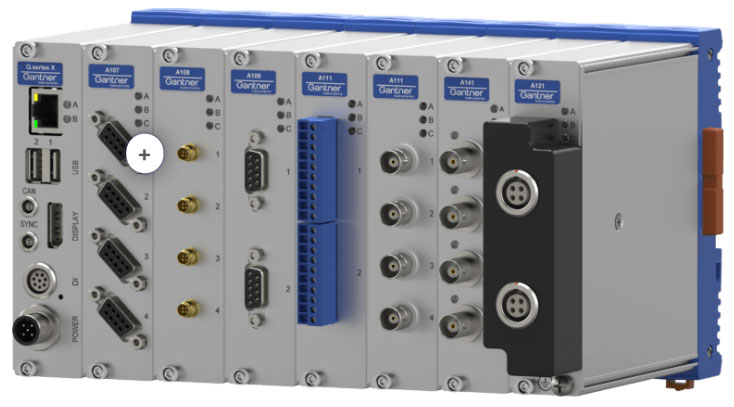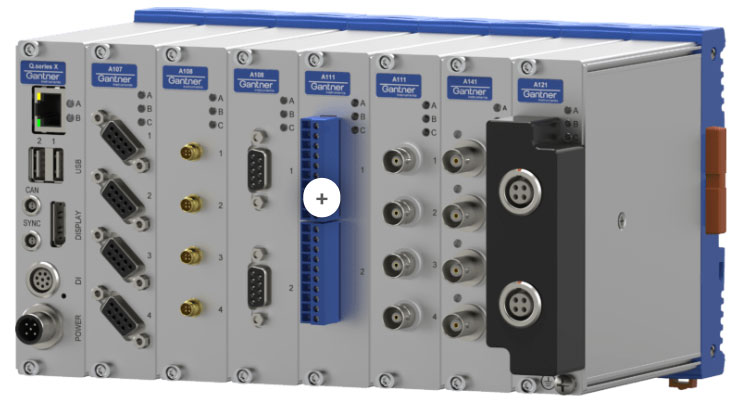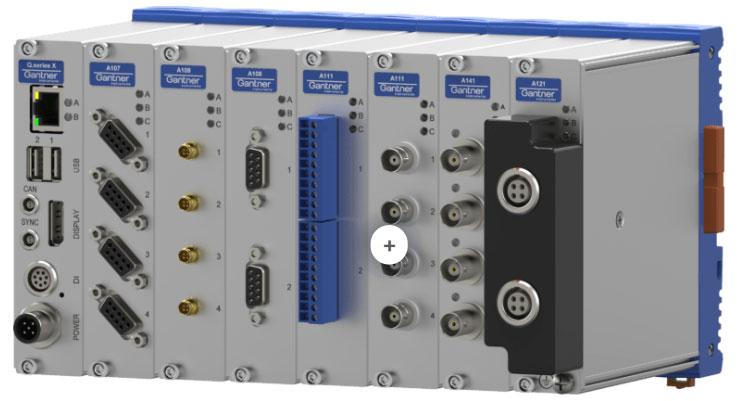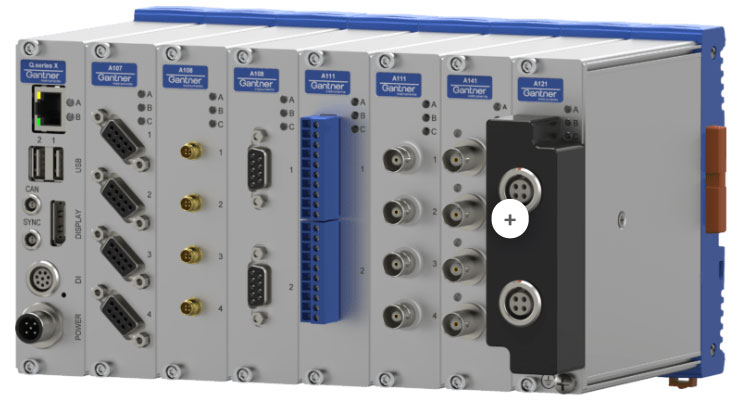Vibration Measurement

Vibration is generally the movement or mechanical oscillation of a machine or structure about a fixed position. The vibration of an object, machine, or structure can be measured using various transducers, and it is essential to distinguish which sensor is the best fit for an application.
Sensors with built-in electronics, such as IEPE and MEMS, have a limited environmental temperature range in which they are viable. In contrast, PE sensors can be used under very high environmental or surface temperatures and have a broad measurement range but require special cables and a charge amplifier for signal conditioning.
Additional factors must be considered to achieve the best acceleration measurement results—elements like sensor mounting, cable fixation, avoiding group loop scenarios, sampling rate selection, and the data acquisition used.
- For MEMS-based sensors with DB9 or MicroCom connectors
- Built-in 15 VDC sensor supply, galvanic isolated short circuit proof
- Input channels for single and tri-axis sensors with 20 kS/s sample rate and 2 kHz bandwidth
- Several configurable onboard filters


- For IEPE/ICP® based sensors with standard screw terminal or BNC connectors
- Built-in 4mA constant current source (lower current for high-temperature application on request), 22-26 V compliance voltage
- 4 galvanic isolated inputs with 100 kS/s sample rate and 0.5 Hz to 20 kHz bandwidth, 48 kHz bandwidth as an option
- Several configurable onboard filters
- High-precision amplifier for Piezoelectric sensors with Charge output (pC) with high-impedance BNC connectors
- Measurement range from 1,000 to 1,000,000 pC for static and dynamic measurements
- Four galvanic isolated inputs with 100kS/s sample rate and up to 20 kHz bandwidth
- Several configurable onboard filters


- For IEPE/ICP® based sensors on a high voltage potential up to 1200 VDC (e.g., on a Battery) with HV Lemo connectors
- Built-in 4mA constant current source
- Two galvanic isolated inputs with 100 kS/s sample rate and 0.5 Hz to 10 kHz bandwidth
- Several configurable onboard filters
Where is Vibration Measurement used?
Vibration measurement is used in applications such as monitoring the health of rotating machinery, testing and calibrating instruments, detecting faults in components and structures, and measuring sound levels in the environment. Vibration measurement can also be used for measuring the acceleration, velocity, and displacement of a system or object, as well as for analyzing the frequency content of a vibration signal. Additionally, vibration measurement can be used to determine the material properties of a sample, such as its stiffness, damping, and modulus of elasticity, as well as its natural frequency or resonance frequency.

